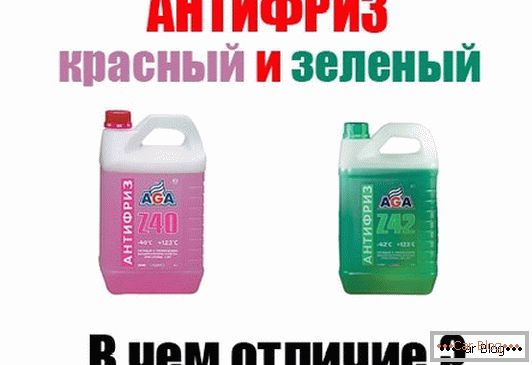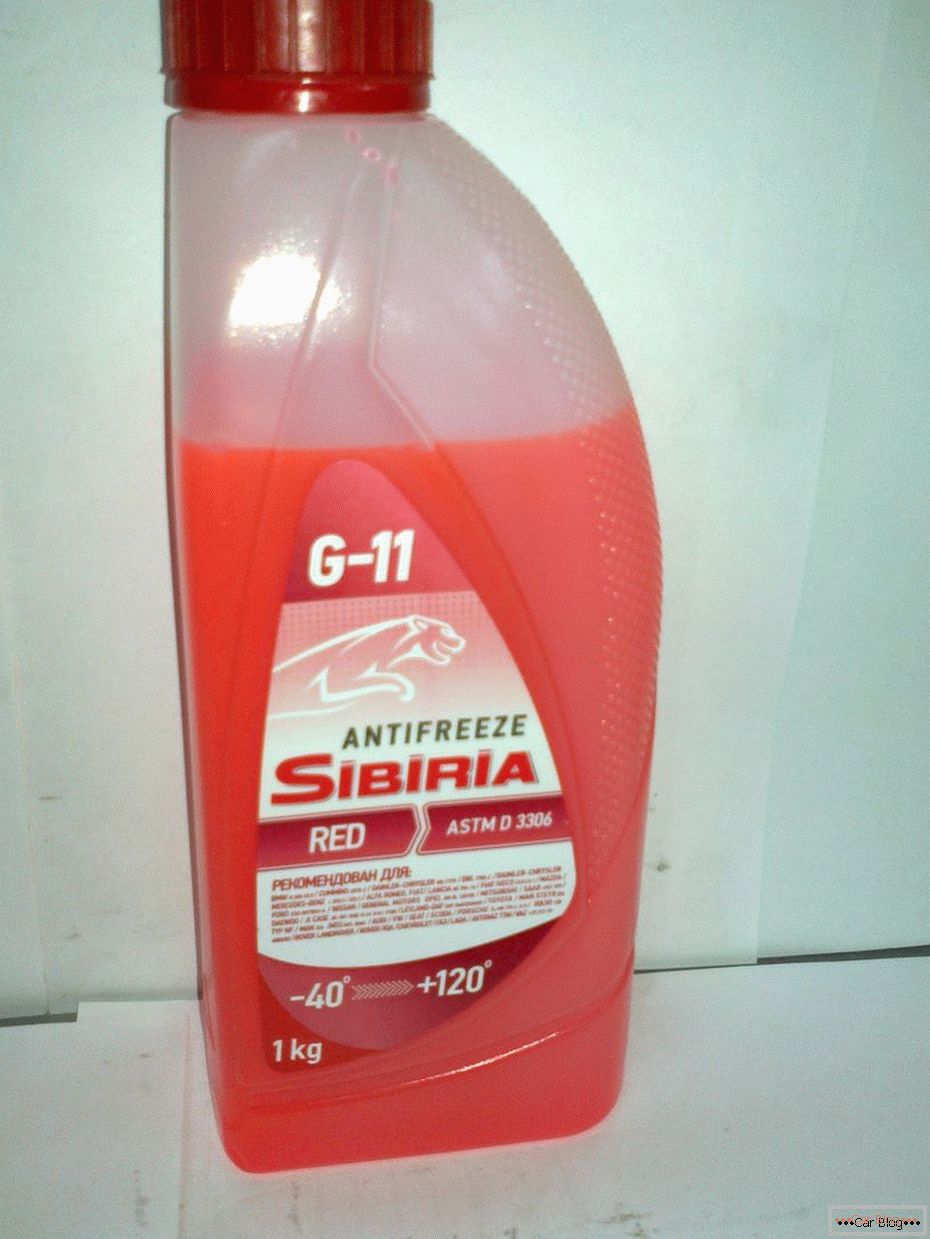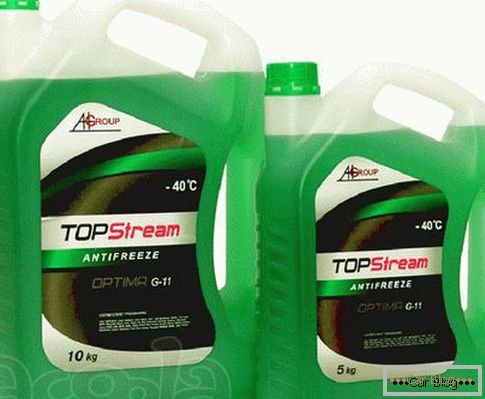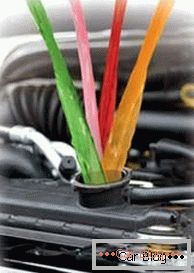Often, novice motorists face a problem while choosing the right antifreeze for their car. They can not choose whether to use red antifreeze or green? They can not understand how they, in fact, differ, except for color. Let's try to clarify this issue.
Red and green antifreeze: the difference

At eighty percent, each antifreeze has exactly the same composition — an ice-free liquid, which consists either of propylene glycol or ethylene glycol. The remaining twenty percent are all kinds of additives that are designed for fluid overload. For example, at high temperatures, it is they who can prevent the liquid from boiling, keeping the vehicle engine's operating temperature. And at low temperatures, other additives allow the liquid to warm up faster.
Each manufacturer uses its own package of additives. And even in the line from the same manufacturer antifreeze may well differ in the number and composition of additives. They can be anti-foaming, reducing the effect on rubber, anti-corrosion and so on.
Red antifreeze differs by local action, which means that if even slight corrosion has formed in the system, the additives will localize it. Because of this, he works from five years, after which his additives are depleted. Best suited for high-speed as well as temperature-loaded engines.

Green antifreeze interacts with all surfaces of systems, covering its parts with a protective film. Its service life is up to three years. It is the cheapest option for antifreeze.

And now we can go to the question: when to use red and green antifreeze?
It is logical that different cars have different composition of engines, radiators for cooling the stove and engine. In some more copper or brass in the composition, in some - aluminum and its alloys. Antifreeze is inherently an aggressive fluid due to additives that are designed for different metals. If the engine has more copper, brass and their alloys, then you need to take red antifreeze, and if there is more aluminum and its alloys, then you should take green antifreeze.
Recommended article: Making car putty with your own hands.
No, of course, you can pour green antifreeze into the brass radiator, but it will oxidize its walls from the inside, then a patina forms at this place, which will interfere with the normal cooling of the engine. In order not to make mistakes, read the specification - in it the manufacturer always indicates which antifreeze should be used - red or green.
Can I mix different antifreeze?
In no case should you do this. We have already figured out that red and green antifreeze have different additive compositions that are completely incompatible with each other. Mixing antifreeze of two colors will lead to the fact that it coagulates, will precipitate, and then - not far away and overheat the engine.

We advise you to carefully read the specification, the composition of the antifreeze and then the machine will work like a clock.



